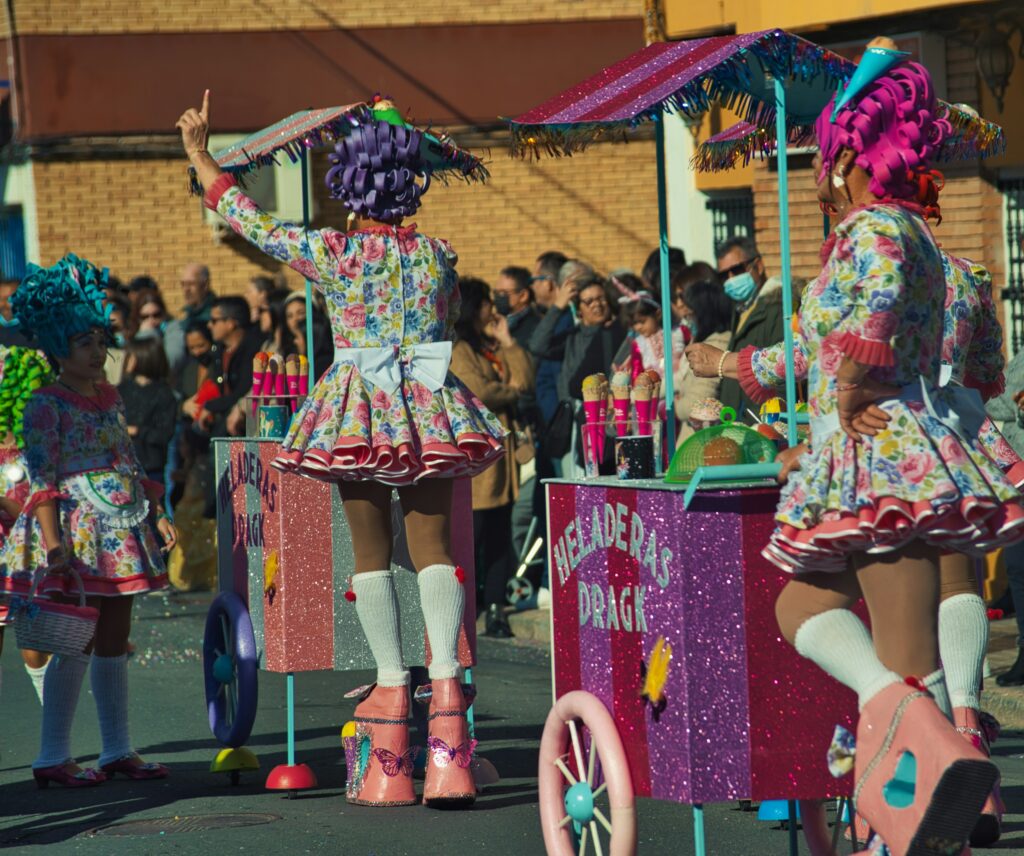Introduction
When people search for the term drag queen def, they’re often looking for more than just a dictionary explanation. Drag queens are powerful cultural figures. They inspire, challenge norms, and create unforgettable performances. But where does this term come from, and what does it truly mean?

1. Drag Queen: A Simple Definition
The term “drag queen” generally refers to a performer — most often male-assigned at birth — who adopts exaggerated feminine gender expression for entertainment purposes. This performance can include wearing makeup, wigs, dresses, and heels.
But drag is much more than clothing. It’s a theatrical and artistic performance. It plays with gender codes and cultural norms. Some drag queens identify as male, others as non-binary, and some even transition. Drag is not tied to a specific gender identity. It’s a form of expression.
2. The Origins of Drag
The word “drag” has been used since the 19th century. It likely comes from the term used in theatre, where men “dragged” women’s clothing onstage. Over time, drag evolved into a rich cultural form.
In the 20th century, underground drag balls in cities like New York became safe spaces for queer and trans people of color. These events laid the foundation for today’s drag culture. They are beautifully portrayed in the documentary “Paris is Burning”.
In France, drag culture found a home in cabaret scenes. Today, Paris hosts a vibrant drag scene with performers like Polydoris, known for mixing glamour, politics, and art.
3. More Than Entertainment: A Political Act
While drag queens perform in clubs, shows, or on TV, they also engage in political expression. Their art questions gender norms, sexuality, and identity. A man in a dress on stage is still revolutionary in many societies.
In Paris, drag queens speak out on LGBTQIA+ rights, feminism, and diversity. Drag can be playful, but it is also a protest. Makeup, wigs, and glitter become tools of resistance.
4. The Impact of Pop Culture
Thanks to shows like RuPaul’s Drag Race, drag queens have entered mainstream media. People now recognize terms like “lip sync,” “read,” or “runway.” However, some critics say this has made drag too commercial.
Still, this visibility has opened doors. More young people explore gender expression. Brands collaborate with drag artists. Influential queens use their platforms to educate and empower.
5. Drag in France Today
In France, especially in cities like Paris, Lyon, or Marseille, drag is thriving. Artists perform in clubs, festivals, museums, and even corporate events. They bring creativity, humour, and powerful messages.
One such example is Polydoris, a drag queen based in Paris with international experience. She offers performances, workshops, and artistic collaborations across the country.
6. What Drag Queens Represent Today
Drag queens are symbols of freedom. They show us that gender is a performance. They invite us to explore other versions of ourselves.
In a world that often pushes conformity, drag queens celebrate difference. They embody resilience, creativity, and community. Their presence lights up stages and empowers audiences.
Conclusion
So, if you came here looking for a drag queen def, you’ve found more than a definition. You’ve discovered a world of art, rebellion, and transformation.
Whether you’re curious about a show, an event, or the cultural history behind the word, drag queens continue to shape the narrative of modern identity.
✨ Want to book a performance or learn more? Get in touch with Polydoris.

